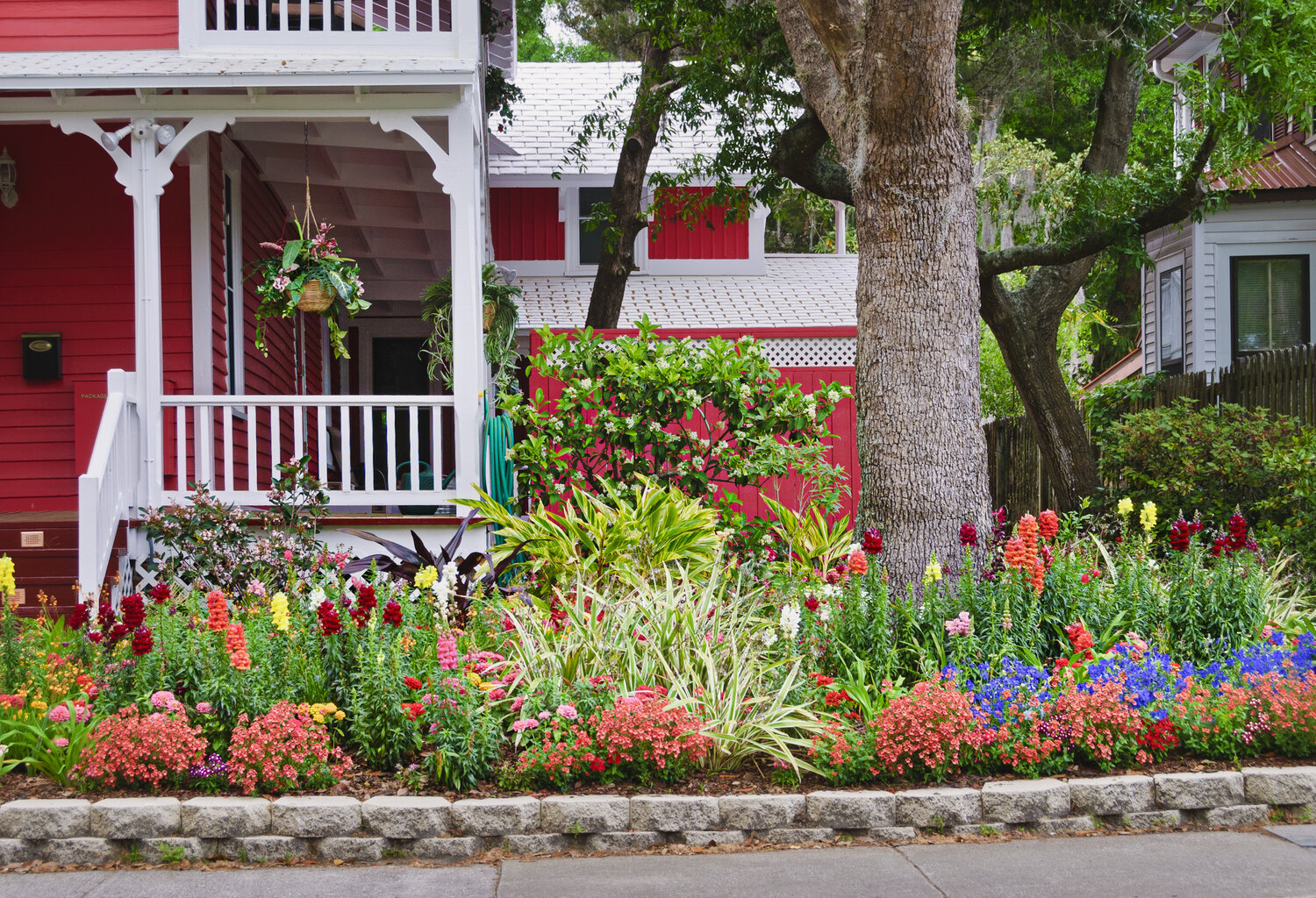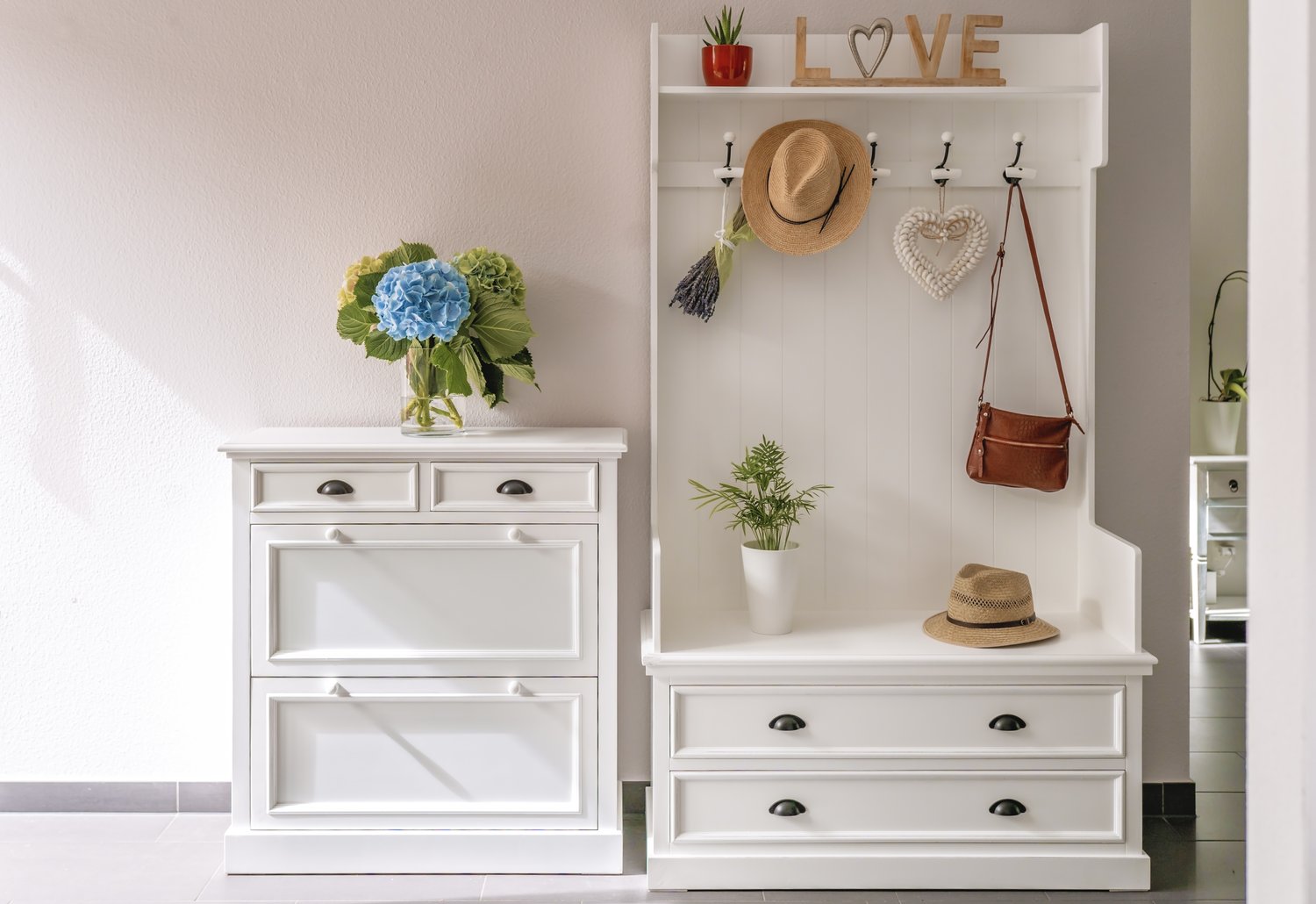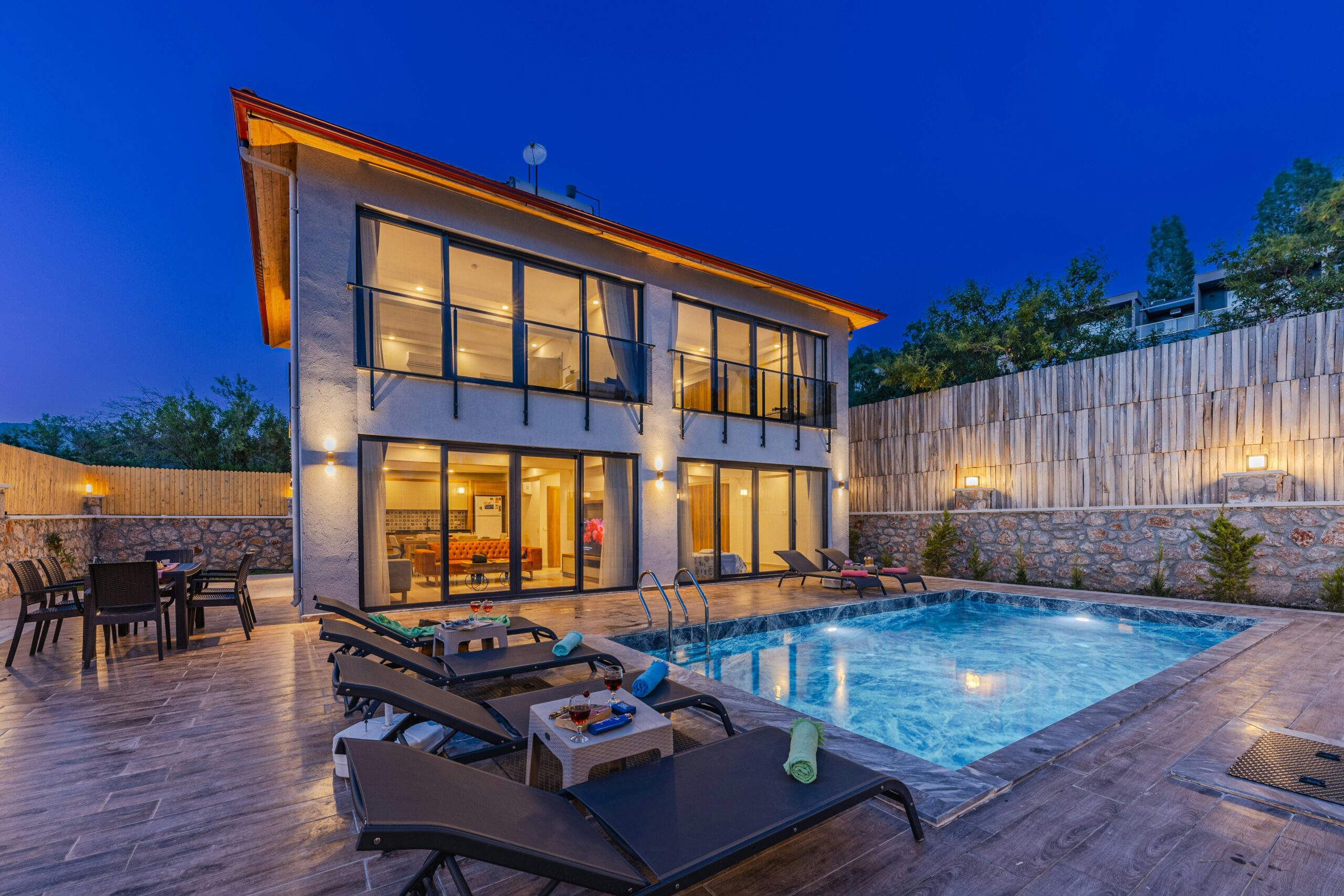Low-allergen plants can help create a peaceful outdoor space without the headaches—literally. For those sensitive to pollen or airborne allergens, selecting the right greenery can make all the difference between enjoying your garden and avoiding it. This guide offers practical advice on choosing allergy-friendly landscaping options, designing with purpose, and reducing common triggers through smart plant choices and layout decisions.
Understanding Plant Allergies and Triggers
Before selecting plants, it’s important to understand how allergies work in your landscape. Wind-pollinated plants tend to be the biggest offenders since they release fine, airborne pollen that spreads easily. In contrast, insect-pollinated plants often have heavier pollen that doesn’t travel as far, reducing the risk of allergic reactions. Tree species, grass types, and flowering plants all play a role in the overall allergen levels in your yard.
Why Low-Allergen Gardening Matters
For allergy sufferers, outdoor time can feel off-limits during peak pollen seasons. However, low-allergen gardening provides a way to enjoy the benefits of nature—fresh air, visual beauty, and stress reduction—without triggering seasonal symptoms. Designing a garden with allergy-friendly principles in mind can make summer entertaining more enjoyable and reduce the need for medications or indoor confinement.
Top Characteristics of Allergy-Friendly Plants
Low-allergen plants often have bright flowers, dense foliage, and less pollen. Look for species with closed blooms, double flowers (which produce less pollen), or those that attract pollinators like bees and butterflies instead of releasing pollen into the air. Avoid plants labeled dioecious that separate male and female plants—male varieties tend to be more allergenic due to their pollen production.
Best Shrubs and Hedges for Allergy-Friendly Yards
Consider shrubs like boxwood, hydrangea, and azaleas for foundation plantings and borders. These plants are not only visually appealing but also tend to have lower pollen output. They can also act as natural barriers that trap airborne allergens, especially when positioned as perimeter hedges or windbreaks.
Ground Cover and Grass Alternatives That Reduce Allergens
Traditional grass lawns can be a major pollen source. Swapping them for ground covers like mondo grass, creeping thyme, or clover can drastically reduce allergen exposure while creating a lush look. These alternatives require less mowing and produce minimal pollen, making them a smart pick for low-maintenance, allergy-conscious gardens.
Flowering Plants That Are Easy on Allergies
Flowers like tulips, begonias, impatiens, and petunias are often recommended for allergy-sensitive gardens. Their larger, sticky pollen grains don’t float through the air, minimizing exposure. By selecting varieties bred for aesthetics over pollen production, you can still enjoy vibrant colors without the sneezing fits.
Trees to Avoid—and What to Plant Instead
Avoid trees like oak, birch, maple, and cedar, which are known for heavy pollen production. Instead, opt for allergy-friendly trees such as magnolia, dogwood, and redbud. These selections offer shade and beauty without contributing significantly to airborne pollen levels.
Smart Garden Design to Minimize Allergens
Designing your garden with airflow and placement in mind can reduce allergen impact. Place high-pollen plants downwind and away from windows or outdoor seating areas. Consider using gravel or mulch to cover bare soil and reduce dust. A landscape pro from AskHomey can help you develop a layout that’s both attractive and allergy-conscious.
Garden Maintenance Tips That Support Allergy Relief
Even with the right plants, ongoing maintenance matters. Regularly rinse off patios and outdoor furniture, keep your lawn trimmed, and remove spent blooms that can contribute to mold spores. Use non-toxic pest control methods and wear a mask while gardening if your allergies are severe.
When to Call in a Landscaping Professional
For those with persistent allergy issues, consulting with a professional landscape designer can save time and discomfort. A pro can help identify allergenic species, suggest replacements, and create a planting plan tailored to your needs. You can easily connect with a qualified expert through AskHomey to make your garden an oasis of comfort.



